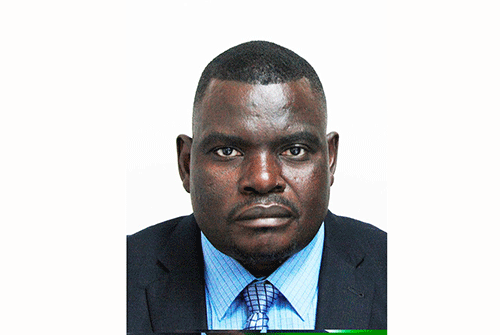Daniel F Nyaungwa
Part 2
By the time this piece is published, the NDP6 development process will have been launched, and the real work will have begun. In the previous post, we discussed the first two of the white paper's four development pillars, namely Economic Recovery, Transformation and Resilience to Economic Growth; Human Development and Community Resilience; Sustainable Development, as well as Green Growth Opportunities and Effective Governance and Public Service Delivery.
Before delving into the other two NDP6 pillars, that is Sustainable Development and Green Growth Opportunities, Effective Governance and Public Service Delivery, it is helpful to briefly discuss the preceding National Development Plan 5 (NDP5) objectives and pillars and what has been accomplished.
The NDP5 pillars were created in tandem with their objectives or expected outcomes. The first pillar of NDP5 is Economic Progress Pillar which aimed to foster inclusive and equitable economic growth. Inclusion and equity meant that no Namibian was to be left behind, regardless of origin, creed, ethnicity, or economic status.
However, even after NDP5 implementation, the UNDP continues to rank Namibia's income gap as the greatest in the world, at 70.7 on a scale of 0 to 100. The richest 5% of Namibians continue to control 70% of the country's Gross Domestic Product (GDP), while the poorest half of the population owns only 3%. Half of the country's population lives in poverty. Poverty is particularly widespread in rural sections of the nation and, as is often the case, among women. Women head around 40% of Namibian homes, and they are the poorest in the country.
Another intriguing NDP5 pillar was social transformation, which aimed to build capable and healthy human resources. There is progress in human capital development with regard to early childhood development. Free basic education is delivered to a certain extent, despite significant challenges that include classroom and a student hostel shortage, especially in rural areas. These challenges are easily seen as parents are presently spending nights in queues in order to secure their children's school places for the upcoming school year. Under the Namibia Training Authority's skills development plans 1 and 2, tertiary and vocational education and training (TVET) is performing well.
The Namibia Training Authority is doing a good job of financing trainees, and this has had immediate visible positive outcomes.
However, higher education is under threat, as graduate unemployment is on the rise. Namibia Student Financial Assistance Fund (NSFAF) revolving fund is in jeopardy as the majority of the graduates go for years unemployed not able to contribute to the revolving fund.
There is nothing much that can be said about, environmental sustainability and good governance are the other two NDP5 pillars. We are all content with our current government, as good governance prevails, with free and fair elections being held regularly.
The upcoming Namibia Statistics Agency's censors’ findings, will to a large extent provide answers to how much was achieved by NDP5. The censors were delayed due to the Covid-19 epidemic. Therefore, in the absence of the most recent statistics survey findings, it is difficult to determine whether much was achieved. It is evident however from the outset that the economy is far weaker than it was before the implementation of NDP5 in 2017.
Returning to the remaining two NDP6
pillars, 3 and 4, we may see connections
with the NDP5 pillars. Sustainable development and green growth chances pillars imply that development will take current population demands into account while ensuring future generations have equal opportunities. It is envisaged that with a green economy and a blue economy,
Namibia will use its natural resources in NDP6 to develop the country's national wealth, increasing both physical capital in terms of infrastructure and human capital in terms of applied technical knowledge and skills.
The pillar will act as a catalyst for resource mobilisation, so allowing the integrated planning principle. Much of this will be made possible by recent attempts to develop green hydrogen and the solar energy industry.
The final proposed pillar of NDP6 is ‘Effective Governance and Public Service Delivery’, which is seen as a means to create an enabling environment for socio-economic development. This pillar proposes to provide the necessary leadership, support, and direction for policy formulation and decision-making. The pillar will also promote transparency and accountability in public service delivery and management. Major reform of the civil service development mechanism will be needed. The strategies in this pillar will be designed in such a way that it will enable all Namibians to fully participate in the national development process with dignity and pride, without lacking any confidence in their leadership.
As for National Development Plan 6, the major question will be, ‘What will be the game changers?’ The NDP5 ‘game changers’ were in increased investment in infrastructure development, increasing productivity in small-scale framing, value addition, and industrialisation through local procurement. Perhaps it makes perfect sense to continue with these game-changers in NDP6 as they are still relevant.
*Daniel F Nyaungwa can be contacted at danny@mweb.com.na


